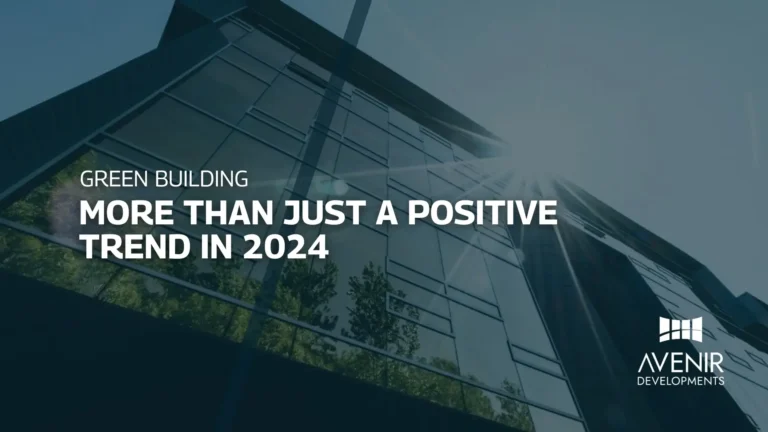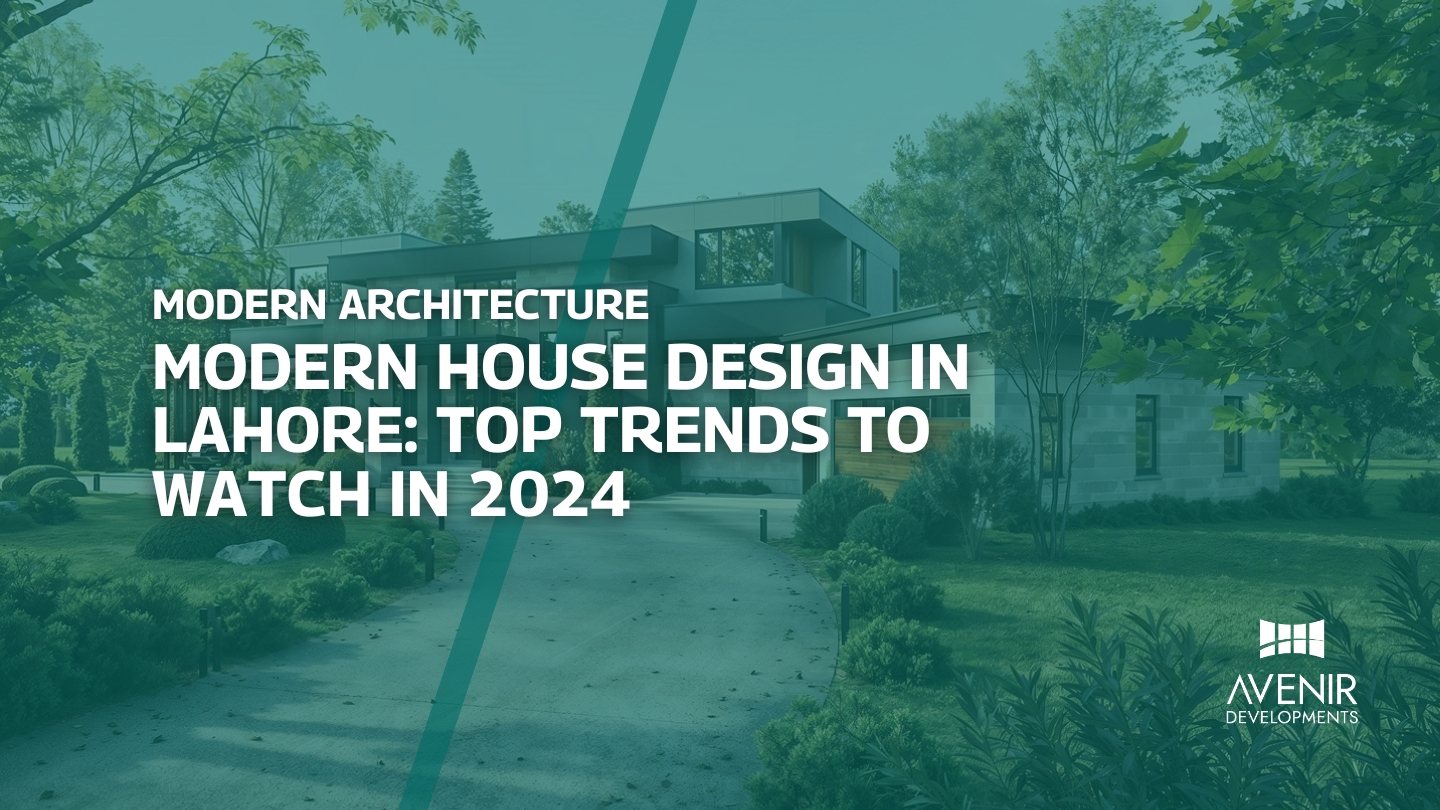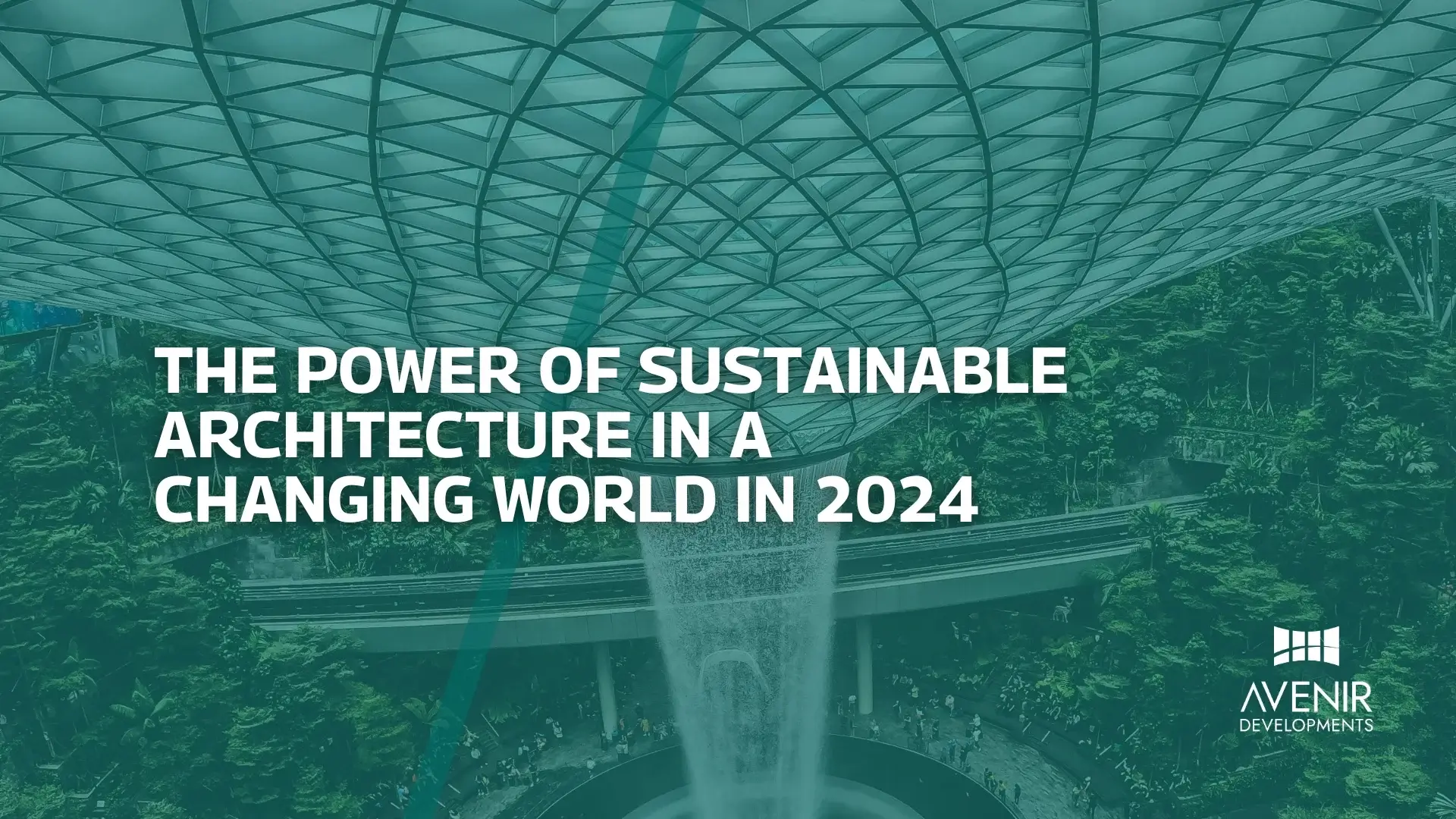I’ve always been fascinated by the Green Building intersection of architecture and sustainability. As an architect and interior designer with over two decades of experience in Pakistan, I’ve seen firsthand the transformative power of green building practices.
Remember that time I visited the Lahore Fort? Despite its ancient origins, the fort’s design incorporates elements of passive cooling and natural ventilation, showcasing the timeless principles of sustainable architecture. It’s a testament to the fact that green building isn’t a new concept; it’s a timeless approach that has been refined and adapted over centuries.
In today’s world, where climate change is a pressing concern, green building is no longer just a trend. It’s a necessity. By adopting sustainable practices, we can reduce our environmental impact, create healthier living spaces, and contribute to a more sustainable future.
In this article, I’ll delve into the world of green building, exploring its benefits, trends, and best practices. Whether you’re a homeowner, a business owner, or an architect, this comprehensive guide will provide you with valuable insights and inspiration.

A Comprehensive Overview of Green Building
What is Green Building?
Green building, also known as sustainable construction, is a practice that aims to minimize the negative impact of buildings on the environment and improve the health and well-being of occupants. It involves incorporating eco-friendly materials, energy-efficient systems, and sustainable design principles into the construction process.
Historical Context and Evolution
The concept of green building has evolved significantly over time. While ancient civilizations demonstrated sustainable practices in their architecture, the modern green building movement gained momentum in the 20th century. Pioneers like Frank Lloyd Wright and Buckminster Fuller championed organic architecture and energy-efficient designs.
In recent years, advancements in technology and a growing awareness of environmental issues have accelerated the adoption of green building practices. Organizations like the U.S. Green Building Council (USGBC) have developed rating systems, such as LEED (Leadership in Energy and Environmental Design), to certify green buildings.
Importance of Green Building
Green building is crucial for addressing several critical challenges:
- Climate Change: By reducing energy consumption and greenhouse gas emissions, green buildings contribute to mitigating climate change.
- Resource Depletion: Sustainable construction practices help conserve natural resources, such as water and materials.
- Indoor Air Quality: Green buildings prioritize healthy indoor environments by minimizing exposure to pollutants and toxins.
- Economic Benefits: Green buildings can lead to lower operating costs, increased property values, and improved occupant productivity.
Green Building in Pakistan
While Pakistan has made strides in promoting green building, there is still significant potential for growth. The government has implemented policies and incentives to encourage sustainable construction practices. Additionally, several organizations and institutions are actively involved in raising awareness and promoting green building initiatives in the country.
My Experience with Green Building
As an architect with extensive experience in Pakistan, I have witnessed the positive impact of green building practices on projects I’ve worked on. From incorporating solar panels to optimizing natural ventilation, I’ve strived to create sustainable and environmentally friendly structures.
Key Takeaways
- Green building is a holistic approach that considers the environmental, economic, and social impacts of buildings.
- The concept of green building has evolved over time, with significant advancements in recent decades.
- Green building is essential for addressing climate change, resource depletion, and indoor air quality.
- Pakistan is actively promoting green building practices through government policies and initiatives.
By understanding the fundamentals of green building, we can make informed decisions and contribute to a more sustainable future.
Current Trends and Developments in Green Building
Global Trends
The green building movement has gained significant momentum worldwide. Here are some of the latest trends:
- Net-Zero Energy Buildings: These buildings produce as much energy as they consume, often through the use of renewable energy sources like solar panels.
- Circular Economy: This approach focuses on reducing waste and reusing materials, promoting a more sustainable and circular economy.
- Biophilic Design: Incorporating elements of nature into building design to enhance occupant well-being and connection to the environment.
- Smart Buildings: Leveraging technology to optimize energy efficiency, improve occupant comfort, and reduce operational costs.
Green Building in Pakistan: Recent Updates
Pakistan has taken significant steps to promote green building practices. Here are some recent developments:
- Government Initiatives: The government has introduced policies and incentives to encourage sustainable construction, such as tax breaks and building codes.
- LEED Certification: Several buildings in Pakistan have achieved LEED certification, demonstrating a commitment to green building standards.
- Renewable Energy Integration: The government has focused on expanding renewable energy sources like solar and wind power to support green building projects.
- Educational Programs: Universities and technical institutions are offering courses and programs related to green building to train professionals.
Recommendations for the Future
To further accelerate green building adoption in Pakistan, the following actions are recommended:
- Strengthening Policy Frameworks: The government should develop and implement comprehensive policies that support green building practices.
- Promoting Public-Private Partnerships: Collaborations between the government, private sector, and NGOs can drive innovation and investment in green building projects.
- Raising Awareness: Public awareness campaigns can educate the public about the benefits of green building and encourage adoption.
- Investing in Research and Development: Research and development can lead to advancements in green building technologies and practices.
Key Takeaways
- Green building trends are evolving rapidly, with a focus on net-zero energy, circular economy, biophilic design, and smart buildings.
- Pakistan has made progress in promoting green building through government initiatives and LEED certification.
- Recommendations for the future include strengthening policies, fostering partnerships, raising awareness, and investing in research and development.
By staying informed about the latest trends and developments, we can ensure that green building practices continue to evolve and contribute to a more sustainable future.
Frequently Asked Questions About Green Building
Q: What are the costs associated with green building?
A: While green building practices may involve upfront costs, they can lead to long-term savings. Energy-efficient systems, sustainable materials, and reduced water consumption can significantly lower operating expenses. Additionally, green buildings often command higher property values.
Q: How can I make my existing home more energy-efficient?
A: There are many ways to retrofit an existing home for improved energy efficiency. Some options include:
- Installing energy-efficient windows and doors
- Upgrading insulation
- Investing in a programmable thermostat
- Switching to LED lighting
- Installing solar panels
Q: What are some common green building materials?
A: Green building materials often have lower environmental impacts and are derived from renewable resources. Some examples include:
- Bamboo
- Recycled materials
- Cork
- Rammed earth
- Straw bale
Q: What are the benefits of green building for occupant health?
A: Green buildings can improve occupant health by:
- Reducing exposure to indoor air pollutants
- Providing better access to natural light and ventilation
- Creating more comfortable and productive environments
Q: How can I get my building certified as green?
A: There are several green building certification programs available, such as LEED and BREEAM. These programs provide standards and guidelines for sustainable construction.
Key Takeaways
- Green building can be cost-effective in the long run.
- Existing homes can be retrofitted to improve energy efficiency.
- A variety of green building materials are available.
- Green buildings can enhance occupant health and well-being.
- Certification programs can help validate green building practices.
By understanding these frequently asked questions, you can make informed decisions about green building and its potential benefits.
Expert Tips and Advice for Green Building
Leverage Local Resources
- Consult with Green Building Experts: Seek advice from architects, engineers, and contractors who specialize in sustainable construction practices.
- Explore Local Incentives: Research government incentives, tax breaks, and rebates that can help offset the initial costs of green building.
- Connect with Local Green Building Communities: Network with other professionals and enthusiasts in the green building field.
Prioritize Energy Efficiency
- Conduct Energy Audits: Assess your building’s energy consumption and identify areas for improvement.
- Invest in Efficient Systems: Install high-efficiency HVAC systems, appliances, and lighting.
- Harness Renewable Energy: Explore options like solar panels, wind turbines, and geothermal energy.
Optimize Water Usage
- Implement Water-Saving Fixtures: Use low-flow toilets, faucets, and showerheads.
- Harvest Rainwater: Collect rainwater for landscaping and non-potable uses.
- Reduce Water Waste: Minimize water usage through landscaping practices and efficient irrigation systems.
Choose Sustainable Materials
- Prioritize Recycled and Renewable Materials: Select materials that have a lower environmental impact.
- Consider Material Life Cycles: Evaluate the long-term sustainability of materials.
- Support Local Suppliers: Whenever possible, source materials from local suppliers to reduce transportation emissions.
Create Healthy Indoor Environments
- Improve Ventilation: Ensure adequate airflow to reduce indoor air pollutants.
- Monitor Indoor Air Quality: Use air quality monitors to identify and address potential issues.
- Choose Low-VOC Paints and Coatings: Opt for products with low volatile organic compound emissions.
Key Takeaways
- Local resources can provide valuable support for green building projects.
- Energy efficiency is a key component of sustainable construction.
- Water conservation is essential for minimizing environmental impact.
- Sustainable materials contribute to a healthier planet.
- Creating healthy indoor environments is crucial for occupant well-being.
By following these expert tips and advice, you can successfully implement green building practices and create sustainable, healthy, and environmentally friendly structures.
Green Building: A Sustainable Future
In conclusion, green building is more than just a trend; it’s a fundamental shift towards a more sustainable and resilient future. By incorporating eco-friendly practices, energy-efficient systems, and sustainable materials, we can create buildings that benefit both people and the planet.
From reducing our carbon footprint to improving indoor air quality, the benefits of green building are far-reaching. By embracing sustainable construction practices, we can contribute to a healthier and more prosperous world for generations to come.
Call to Action
Ready to embark on your green building journey? Contact Avenir Developments on WhatsApp or Call +923001101103 today to discuss your project and explore the possibilities of sustainable construction. Our team of experienced architects and designers can help you create a green building that meets your unique needs and exceeds your expectations.
What You’ll Get:
- Expert Guidance: Benefit from our years of experience in green building practices.
- Customized Solutions: We’ll tailor our approach to your specific project requirements.
- Sustainable Designs: Our designs will incorporate eco-friendly materials and energy-efficient systems.
- Enhanced Value: Green buildings often command higher property values and attract eco-conscious buyers.
Don’t wait any longer. Contact Avenir Developments today and let’s build a sustainable future together!






